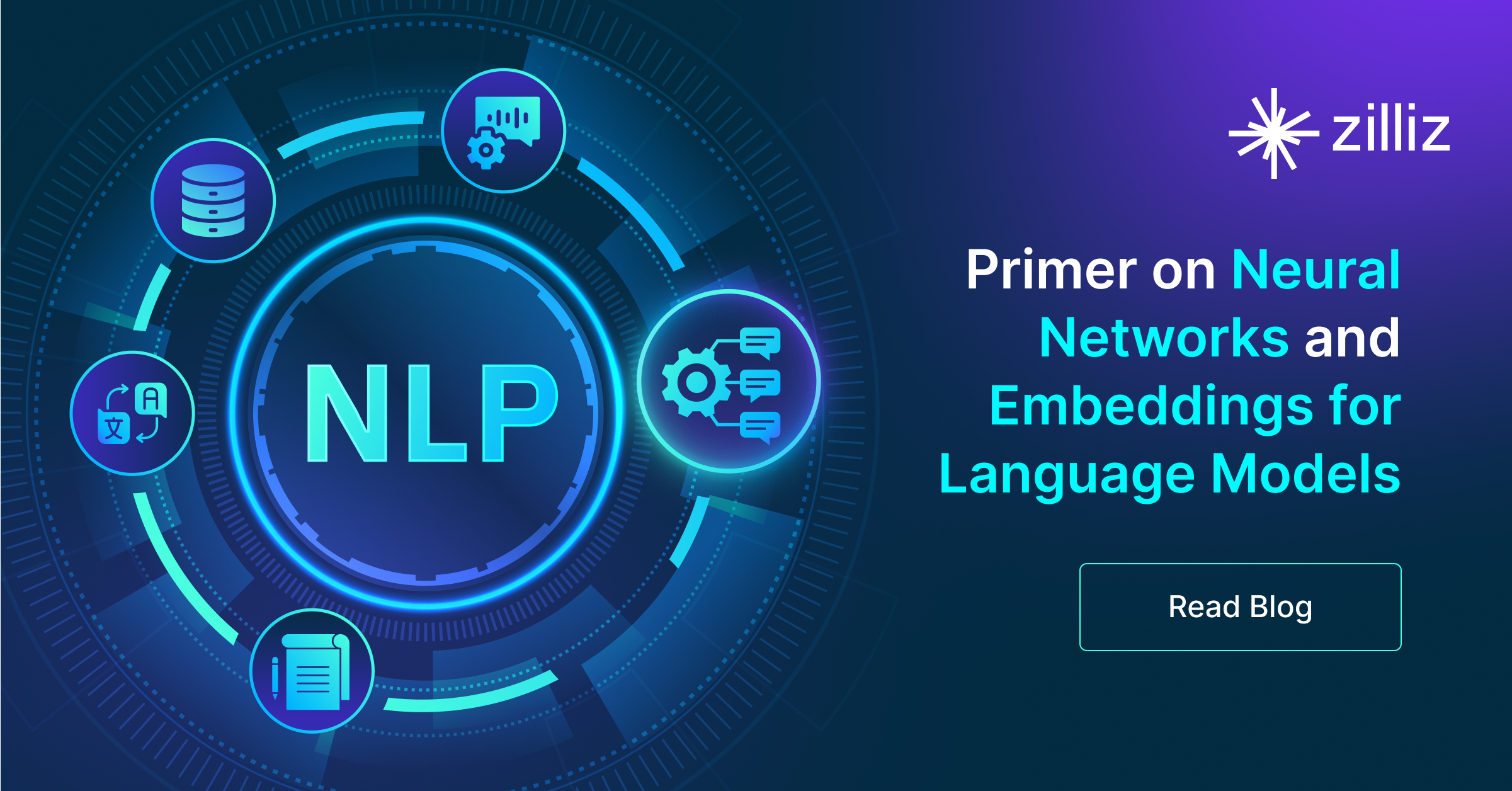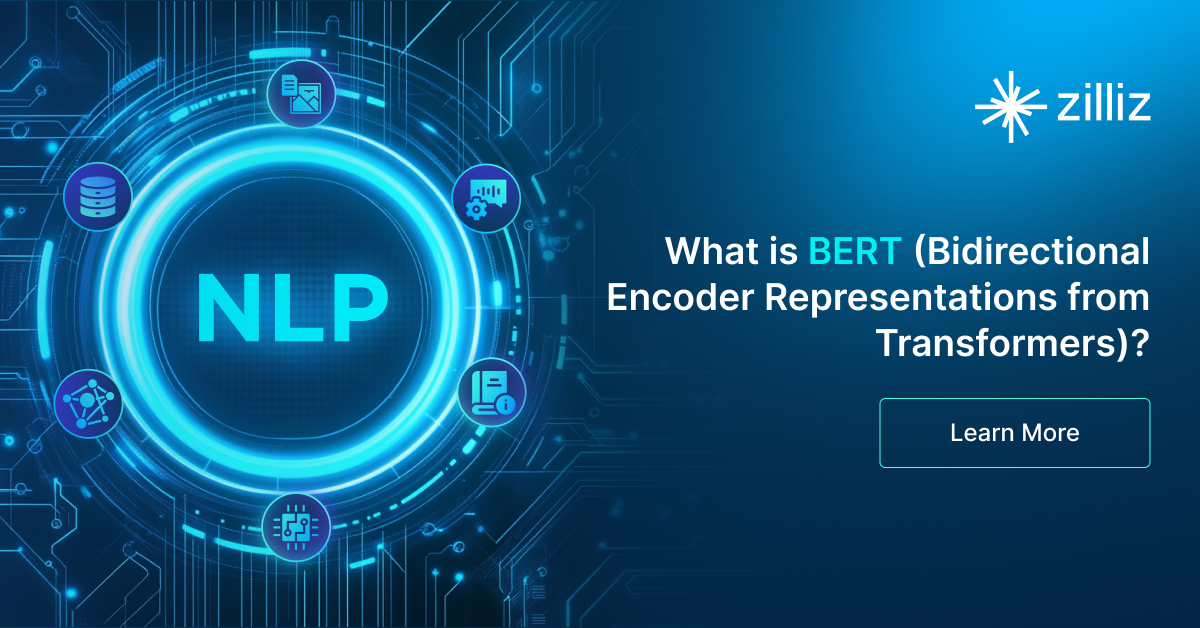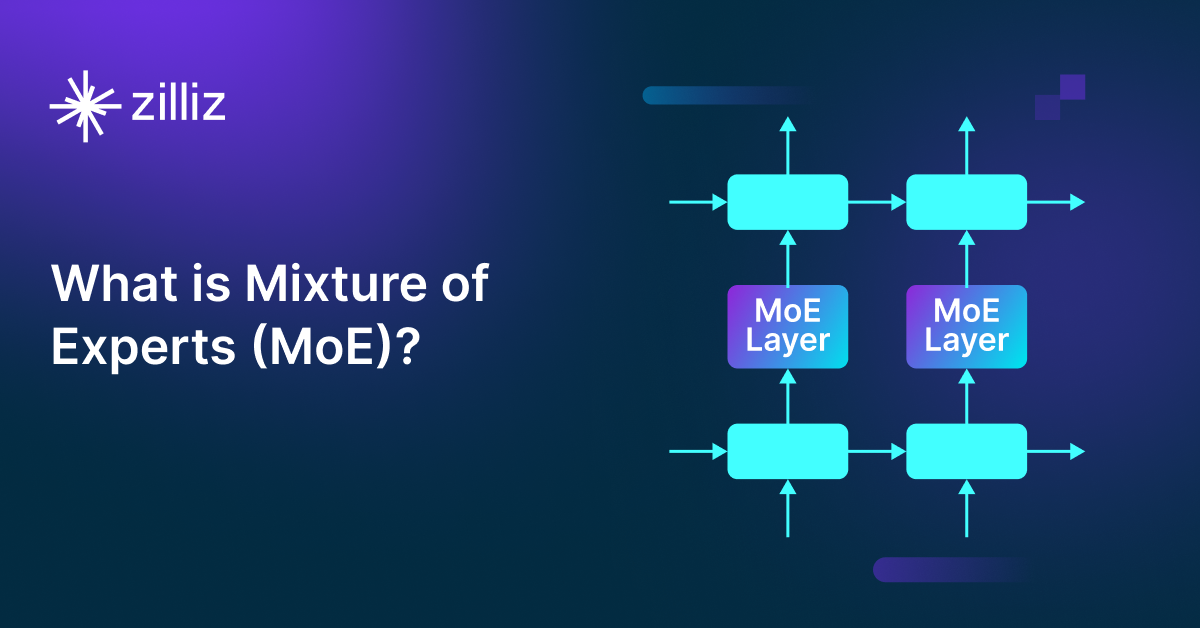Discover SPLADE: Revolutionizing Sparse Data Processing
SPLADE is a technique that uses pre-trained transformer models to process sparse data. This post explores SPLADE, its benefits, and real-world apps.
Read the entire series
- Natural Language Processing Fundamentals: Tokens, N-Grams, and Bag-of-Words Models
- Primer on Neural Networks and Embeddings for Language Models
- Sparse and Dense Embeddings
- Sentence Transformers for Long-Form Text
- Training Your Own Text Embedding Model
- Evaluating Your Embedding Model
- Class Activation Mapping (CAM): Better Interpretability in Deep Learning Models
- CLIP Object Detection: Merging AI Vision with Language Understanding
- Discover SPLADE: Revolutionizing Sparse Data Processing
- Exploring BERTopic: A New Era of Neural Topic Modeling
- Streamlining Data: Effective Strategies for Reducing Dimensionality
- All-Mpnet-Base-V2: Enhancing Sentence Embedding with AI
- Time Series Embedding in Data Analysis
- Enhancing Information Retrieval with Learned Sparse Retrieval
- What is BERT (Bidirectional Encoder Representations from Transformers)?
- What is Mixture of Experts (MoE)?
Data is considered sparse when its dimensionality is much larger than the information it contains. Sparse data is common in real-world datasets, especially those used in natural language processing.
Modern techniques like the Sparse Lexical and Expansion model (SPLADE) use pre-trained transformer models to process sparse data. This approach captures the importance of terms concerning the query and the documents. It improves the data efficiency by removing insignificant terms and using the remaining vector for document matching and information retrieval.
Understanding Sparse Data
Unstructured data, especially text, must be converted to vector embeddings before a computer can understand it. The vectors are a collection of numbers, each representing a part of the text, such as words, punctuation, or spaces. The dimension of the vector depends on the vocabulary size of the entire text corpus, and the embeddings are made on a granular level, such as per sentence. However, this approach poses a sparsity challenge. Smaller sentences contain few terms, but their vector representation will still cover the entire vocabulary.
A text corpus containing 100 words will have embedding vectors of length 100. However, a sentence comprising five words only requires five numeric representations, yet its entire embedding will still be of length 100, with the majority of the vector filled with zeros.
Such cases introduce high dimensionality and inefficiency in data. These vectors contain very little information for processing yet take up exponentially more space. Algorithms like SPLADE are efficient in countering sparse data challenges.
What Is SPLADE?
SPLADE is a vector processing model mainly used in information retrieval and ranking systems. It generates embeddings using a transformer-based pre-trained embedding model, such as BERT.
Transformer models are popular for their ability to pay extra attention to specific significant terms in a text string. Similarly, SPLADE uses the attention mechanism to calculate the significance of terms in a document for the reference query. Insignificant terms are penalized to zero and removed from the embeddings, leaving a sparse yet accurate text representation.
Additionally, SPLADE allows for term expansion, which means it can factor in similar terms while calculating significance. For example, if we have a sentence, “the car is blue,” the terms ‘the’ and ‘is’ will most likely be penalized, and the term ‘car’ will be further linked to similar keywords like ‘Vehicle’ or ‘Motor Vehicle.’ The final vector will consist of weights representing the importance of the key terms in the context of the input query.
Sparse Embeddings and Vector Databases
Sparse embeddings generated by neural models like SPLADE represent a paradigm shift from traditional dense vector approaches. They cater to the nuances of semantic similarity rather than mere keyword frequency. This distinction allows for a more nuanced search capability, aligning closely with the semantic content of the query and the documents.
Vector databases like Milvus and Zilliz Cloud (the managed version of Milvus) are crafted to store, index, and retrieve various types of vector embeddings. The support for sparse embeddings in vector databases offers numerous advantages.
Efficient Storage and Memory Usage: Sparse embeddings contain a lot of zeros or near-zero values. By only storing non-zero entries, they reduce the amount of memory required, making it possible to handle larger datasets or more complex models within the same hardware constraints.
Faster Processing: Database operations on sparse embeddings can be optimized to skip zero elements, leading to faster computation.
Improved Scalability: In environments where dimensions can run into the thousands or millions, such as in natural language processing or recommendation systems, the ability to use sparse representations can significantly reduce computational and storage demands.
Flexibility and Adaptability: Sparse embeddings can adapt to the varying sparsity levels of different datasets, making them suitable for a wide range of applications. This flexibility ensures that storage and computational efficiency are maintained across diverse data types and use cases.
Milvus is an open-source vector database renowned for its horizontal scalability, superior performance, and high availability. With the latest version 2.4, Milvus has enhanced its Hybrid Search functionality to support sparse embeddings generated by neural models like SPLADE v2. This integration treats sparse vectors equally with dense vectors, allowing for operations such as creating collections with sparse vector fields, inserting data, building indexes, and conducting similarity searches.
With this new feature, Milvus allows for hybrid search methodologies that meld keyword and embedding-based techniques, offering a seamless transition for users moving from keyword-centric search frameworks seeking a comprehensive, low-maintenance solution.
Applications of SPLADE
SPLADE is popular for various text-processing applications. Some key use cases include:
Information Retrieval: IR systems aim to retrieve the best-matching document objects based on a user's query. SPLADE transforms the document vectors into a sparse representation based on the term significance compared to the user query. The term weights also helps rank the retrieved objects and produce the most relevant results.
Natural Language Processing: Text data is inherently sparse, with most words not appearing frequently. SPLADE effectively represents sparse word usage patterns and can be used in tasks like text classification (categorizing documents) or topic modeling (identifying hidden themes in text collections).
Recommendation Systems: Similar to IR systems, recommendation systems use SPLADE to match relevant elements by user preference. Recommendation systems often deal with sparse user data, i.e., the user’s limited interaction with the system. They use limited information to produce relevant results. SPLADE helps understand the user's usage patterns, focusing on the key interactions and recommending similar entities.
Benefits of Using SPLADE
SPLADE has proven to be a great approach to handling sparse vectors and offers several benefits over its counterparts. These include:
Improved Efficiency: SPLADE’s sparse vector representation gives it an edge over the dense vectors. It allows for faster data processing and improved efficiency when handling text.
Reduced Computational Resources: Improved efficiency means SPLADE embeddings can be processed using low-tier systems. This saves costs from buying expensive hardware and makes it ideal for resource-limited scenarios.
Enhanced Accuracy: SPLADE offers a key benefit over the traditional sparse data processing techniques. While traditional algorithms rely on matching vocabulary terms, SPLADE can learn the term expansion to enhance its document-matching capabilities. Term expansion allows SPLADE to match terms with similar meanings or themes and improve accuracy for document retrieval.
Conclusion
Processing text data presents several challenges, such as data sparsity. Traditional embedding algorithms create inefficient, sparse vectors that hog up considerable storage space.
Machine learning-based algorithms such as SPLADE provide a sparse yet efficient representation of information. They used pre-trained models like BERT to create vector embeddings. The embeddings encode the text terms based on their significance in the text corpus and the reference query. SPLADE also allows term expansion learning to process out-of-vocabulary words by analyzing similarity based on meaning and theme.
It offers various benefits against sparse data challenges, such as improved efficiency and accuracy for document retrieval. These make it ideal for applications like information retrieval, recommendation systems, and general NLP tasks.
The implementation details for SPLADE are slightly more complex than we covered in this article. We suggest that readers dig deep into its architecture to understand its potential. Additionally, the SPLADE algorithm has improved in accuracy and efficiency. Further exploring SPLADE v2 and v3 will help readers implement efficient sparse data processing systems.
- Understanding Sparse Data
- What Is SPLADE?
- Sparse Embeddings and Vector Databases
- Applications of SPLADE
- Benefits of Using SPLADE
- Conclusion
Content
Start Free, Scale Easily
Try the fully-managed vector database built for your GenAI applications.
Try Zilliz Cloud for FreeKeep Reading

Primer on Neural Networks and Embeddings for Language Models
Exploring neural network language models, specifically recurrent neural networks, and taking a sneak peek at how embeddings are generated.

What is BERT (Bidirectional Encoder Representations from Transformers)?
BERT, or Bidirectional Encoder Representations from Transformers, has dramatically reshaped the landscape of natural language processing (NLP) since its debut by Google in 2018.

What is Mixture of Experts (MoE)?
Mixture of Experts (MoE): a neural network architecture to improve model efficiency and scalability by selecting specialized experts for different tasks.
